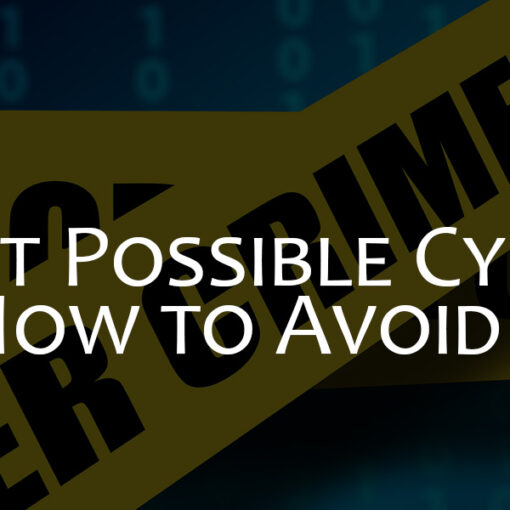Malware is a broad concept used to designate myriad different malicious programs that are surreptitiously placed on a person’s computer without their knowledge or consent. Their intentions and seriousness vary, but for business owners and individuals alike, having a computer infected with malware can be not only incredibly unsettling and annoying but financially ruinous. Below are 4 types of malware and how to remove them.
Trojans
Trojans are one of the most common malware types and they are so named because they work by misleading people into thinking they are using or downloading one thing when in reality they are installing or giving access to something completely different. It is malicious code or software and its intention is to damage, steal, or disrupt data and networks.
Because trojans are so widespread and constantly evolving, there is a wide range of trojan removal tools on the market, like Malwarefox, which allows you to perform both automatic and manual scans and will remove malicious extensions and hijackers from all of the browsers you use. Trojans can be highly debilitating to a device or network and need to be dealt with promptly when discovered.
Ransomware
Ransomware is a type of malware that threatens the infected host with publishing or destroying their personal information, or in the case of a business, its customer and proprietary data unless the extortionist is paid off. Ransomware is one of the fastest-growing cybersecurity threats, especially to businesses, and damages are predicted to reach some 15 billion GBP by the end of 2021.
Ransomware attacks are perhaps the most damaging because there is often little to be done once cybercriminals have seized data and start making demands. The most common ways that ransomware becomes installed on computers is when people fall victim to phishing attacks, malicious email attachments or they visit compromised websites. The best thing you can do if targeted is quickly isolate the infected devices from all others on a network to prevent spread. Following that, the authorities should be contacted and appropriate countermeasures enacted with the help of cybersecurity professionals.
Adware
Adware, which is often referred to as “advertising-supported software” by the developers who make it, is a software that generates money for its creators by displaying online advertisements to people using infected devices. Adware is not as malicious as trojans or ransomware, but the ads are constant, unsolicited and invasive, and they can have a major negative impact on your browsing experience and how you use a device.
If you think your device might be infected with adware you should first backup your files and data as this is a cybersecurity best practice for any kind of breach. If you don’t already have antivirus software installed on your computer that is capable of isolating and getting rid of the malware, there are both free and paid tools out there that can help.
Worms
A worm refers to any standalone program whose purpose is to replicate and propagate to other devices on a network. Famous worm infections in the past have overloaded phone networks, brought down entire television networks and are, in addition to being a nuisance, incredibly destructive. They can modify and delete files or even act as carriers for additional malware. They can steal data and establish a backdoor that allows a hacker to take control over a computer.
If you think your computer may have a worm, reboot it in safe mode, delete any temporary files you might have, scan for viruses if you have an antivirus program, delete/quarantine the virus once isolated, reboot your computer again in normal mode, change your passwords and then update your browser, all software and the operating system.
Conclusion
Unfortunately, cybersecurity threats are only going to increase in the coming years as commercial and private life continue to undergo what is often referred to as ‘digital transformation.’ The never-ending game of cat and mouse played by cybercriminals and cybersecurity professionals will drive innovation in both malware and the tools we have as individuals and business owners to defend ourselves from it.
The best thing that honest people can do is to understand the malware that exists and how to protect ourselves from it. Keep the above common malware examples in mind and steps on how to rid yourself of them and mitigate any potential damage you suffer from malicious people and programs online.





